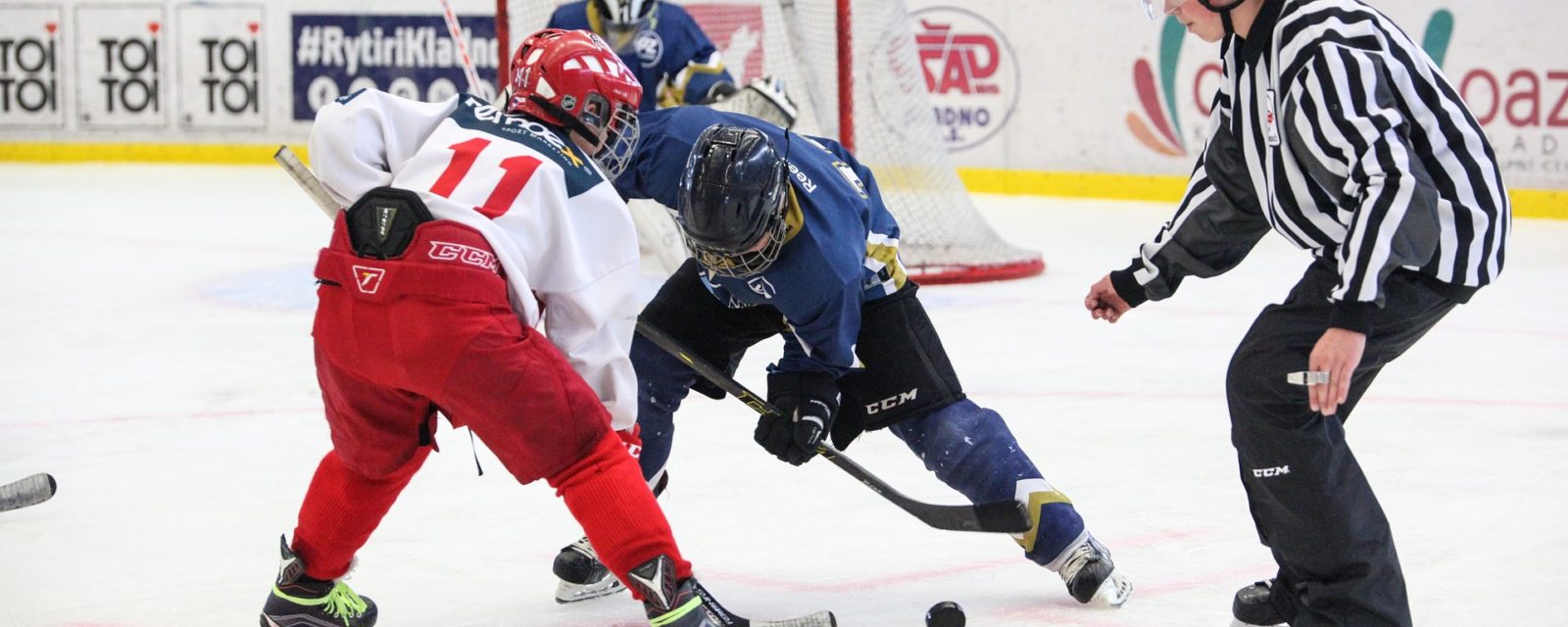Rowan’s Law: Does Your Organization have a Concussion Protocol?
As the fall approaches, parents are busy not only preparing their children to return to school; but also organized sports. Organized sports for children and teens are on the rise and they start for children as young as six years old. As a former athlete, I am aware of all the benefits sports can bring to a child when they are young, which they can take with them when they are older. What parents and coaches aren’t always aware of are the serious risks of injury in organized sports, including concussions. Concussions frequently occur among children and teens participating in sports; but often go unrecognized because they are not at the forefront in discussions related to sports injuries. For example, according the Canadian Government:
- 64% of visits to hospital emergency departments among 10-18 year-olds are related to participation in sports, physical activity and recreation.
- Among children and youth (10-18 years) who visit an emergency department for a sports-related head injury, 39% were diagnosed with concussions, while a further 24% were possible concussions.
- Football, soccer and hockey have all shown a greater than 40% increase in rates of reported head injury (relative to other injuries) between 2004 and 2014 for children and youth.
With Rowan’s Law (Concussion Safety), 2018 legislation being passed in March, it helps bring more awareness to coaches, players and parents on the risk of concussions in sports and their effects. Rowan Stringer was a 17 year old rugby player, who suffered multiple concussions in a short period of time and died shortly thereafter. Rowan suspected she might have a concussion, but didn’t inform an adult. It was found out she had previously googled “concussion” prior to her second fatal game. Dr. Charles Tator, a specialist in concussions among sports commented, “We do think the adolescent brain is the most sensitive brain to the effects of concussion… We used to think the infant brain was the most sensitive to trauma, but it appears now, because of the huge number of connections that are being made during adolescence, there’s a reason to worry more about adolescents getting concussed. They certainly take longer than adults to recover.”
The new law calls for an annual review of concussion awareness resources available to coaches and educators; a strict removal-from-sport and return-to-sport procedure to ensure athletes who have suffered a blow to the head have the time to heal and recover; and a code of conduct for athletes to minimize the number of concussions that occur in youth sports. While the Regulations that will help enforce this law are still being written, here are a few tips for coaches and organizations to help make sure they are in compliance with the Law:
- If an athlete is involved in a fall or collision with a player or object and shows any concussion symptoms, such as headaches, dizziness, vomiting, drowsiness, blurred vision, etc. then there is a positive obligation to immediately remove that athlete from play, regardless of the players or parents desire to keep them in.
- If an athlete insists on returning to the sport a few days or even weeks later, make sure they have been cleared to do so by a physician and you do not observe any further concussion symptoms.
- Keep records of each athlete of the frequency of concussions suffered and the duration of symptoms. The serious and potentially fatal consequences of concussions dramatically increase after multiple concussions.
- If you are ever in doubt of whether a player is ready to return to play, then do your due diligence. Have them seen by another physician and sign off on returning to play.




